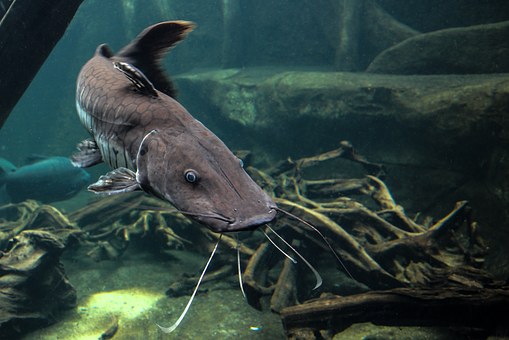
By Stevie Georgiou, Staff Writer for Save The Water™ | September 16, 2015
The Chernobyl disaster of 1986 was one of the 20th century’s most catastrophic incidents of radioactive water contamination. A sudden reactor power surge caused a devastating explosion, releasing deadly levels of radiation that left the Prypiat River lifeless. Fish and other aquatic species could not breed due to toxic exposure.
Yet, reports have emerged of giant catfish—mutant-like in size—now thriving in the river 【Channel 4 News, 2015†source】.
Scientific research shows that radionuclides—radioactive atoms carrying excess energy—have permeated the waters since the explosion. Radiation is known to trigger unpredictable mutations, deformities, and health risks in humans. However, catfish exposed in Chernobyl have grown from an average of 4 feet to between 9 and 12 feet over the past three decades.
Surprisingly, examinations found these catfish to be healthy despite their size. In addition, wildlife such as bears, lynx, and wild boars drink from the contaminated waters and appear unaffected, raising questions about whether some species can adapt to radiation over time 【Mental Floss, 2014†source】.
Humans, unlike Chernobyl’s catfish, cannot survive such exposure. The U.S. Environmental Protection Agency warns that radioactive drinking water containing uranium and other contaminants can cause kidney damage and cancer.
A tragic example occurred just weeks after the disaster: three Russian divers entered the reactor’s water system to help contain the crisis. Despite their bravery, the men succumbed to radiation exposure within 14 days 【The Scotsman, 2011†source】.
The apparent resilience of Chernobyl’s wildlife highlights how little is known about long-term effects of waterborne radionuclides. While some organisms appear to adapt, humans remain highly vulnerable.
Save the Water™ is committed to advancing water science, raising awareness, and promoting sustainable practices to safeguard communities worldwide.